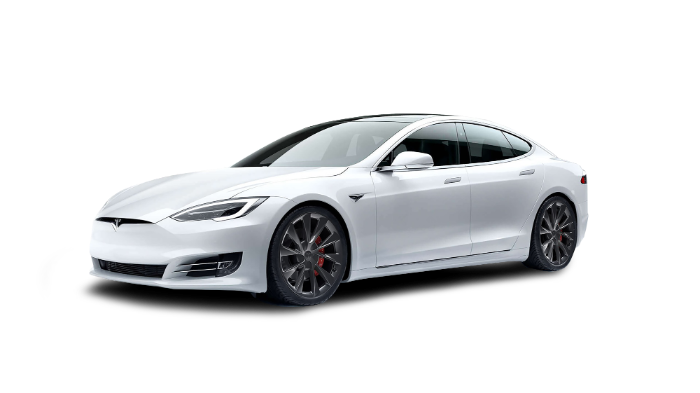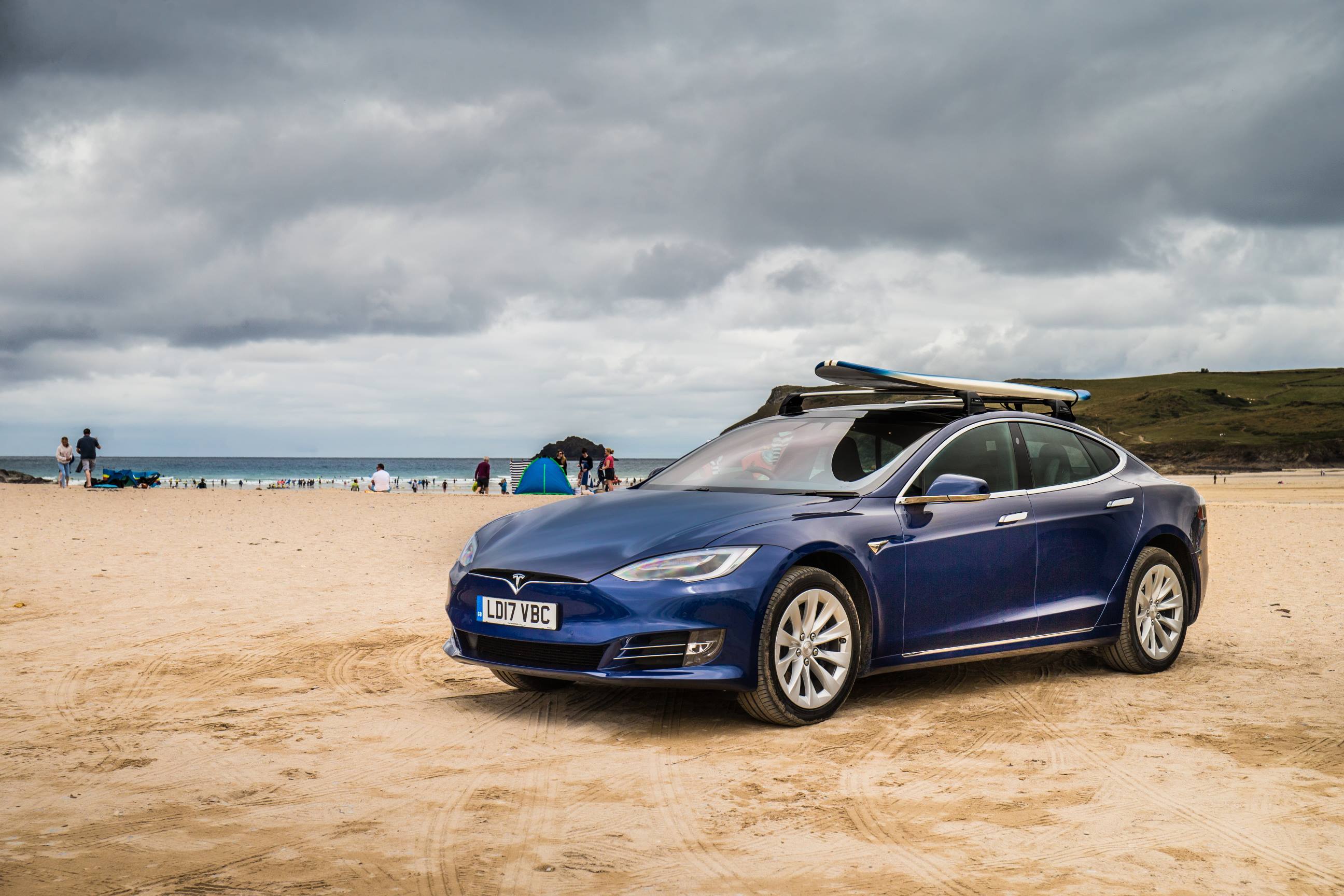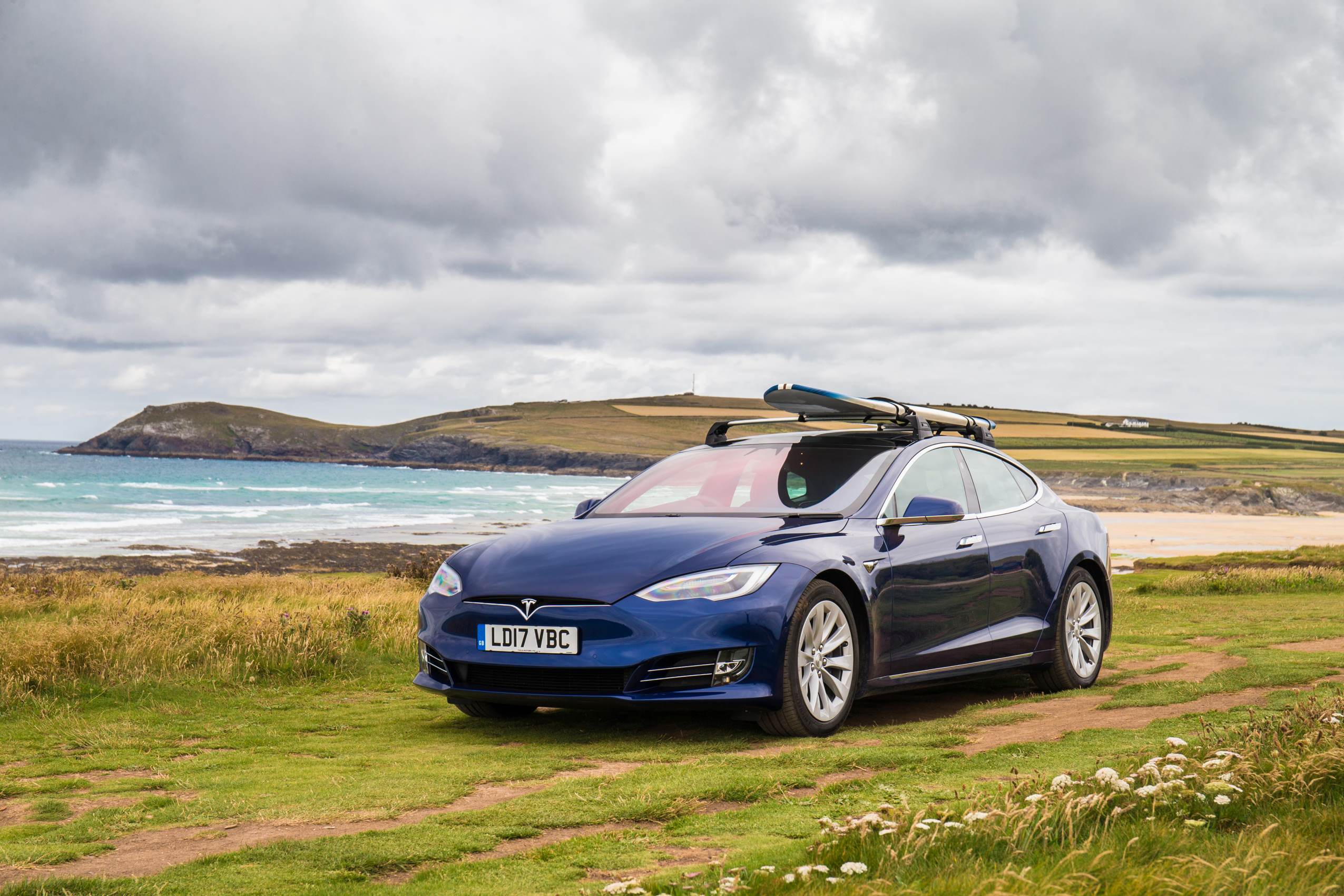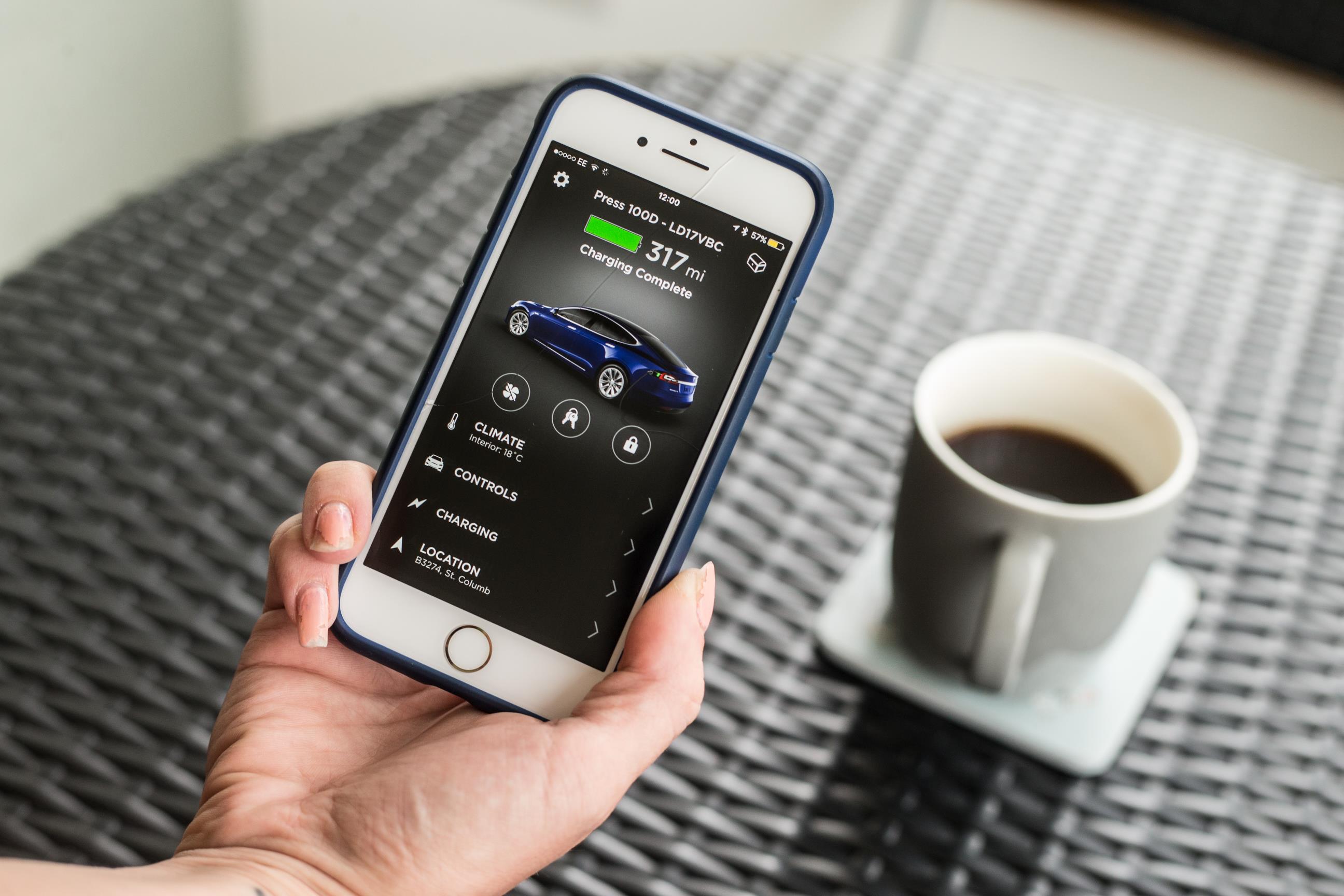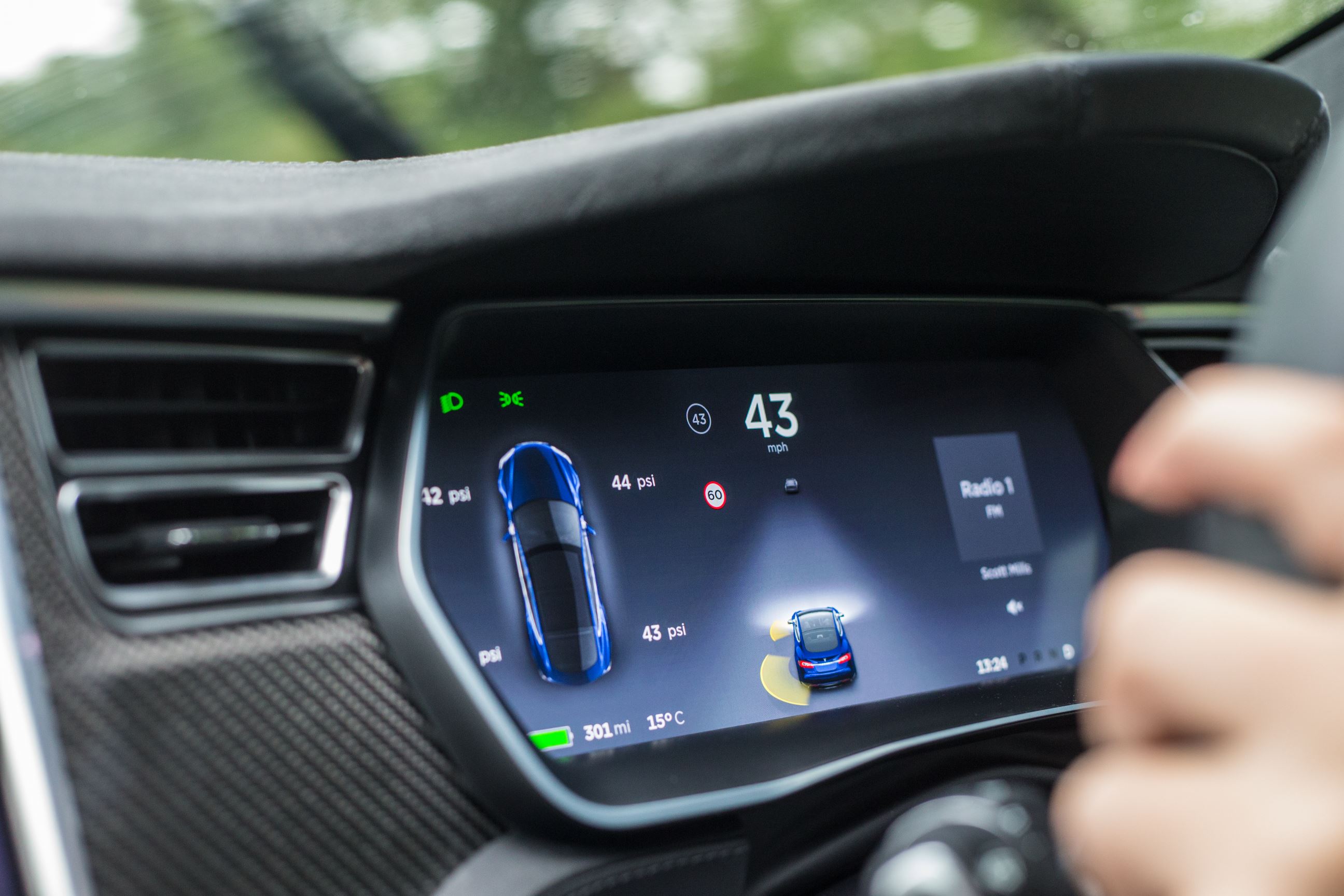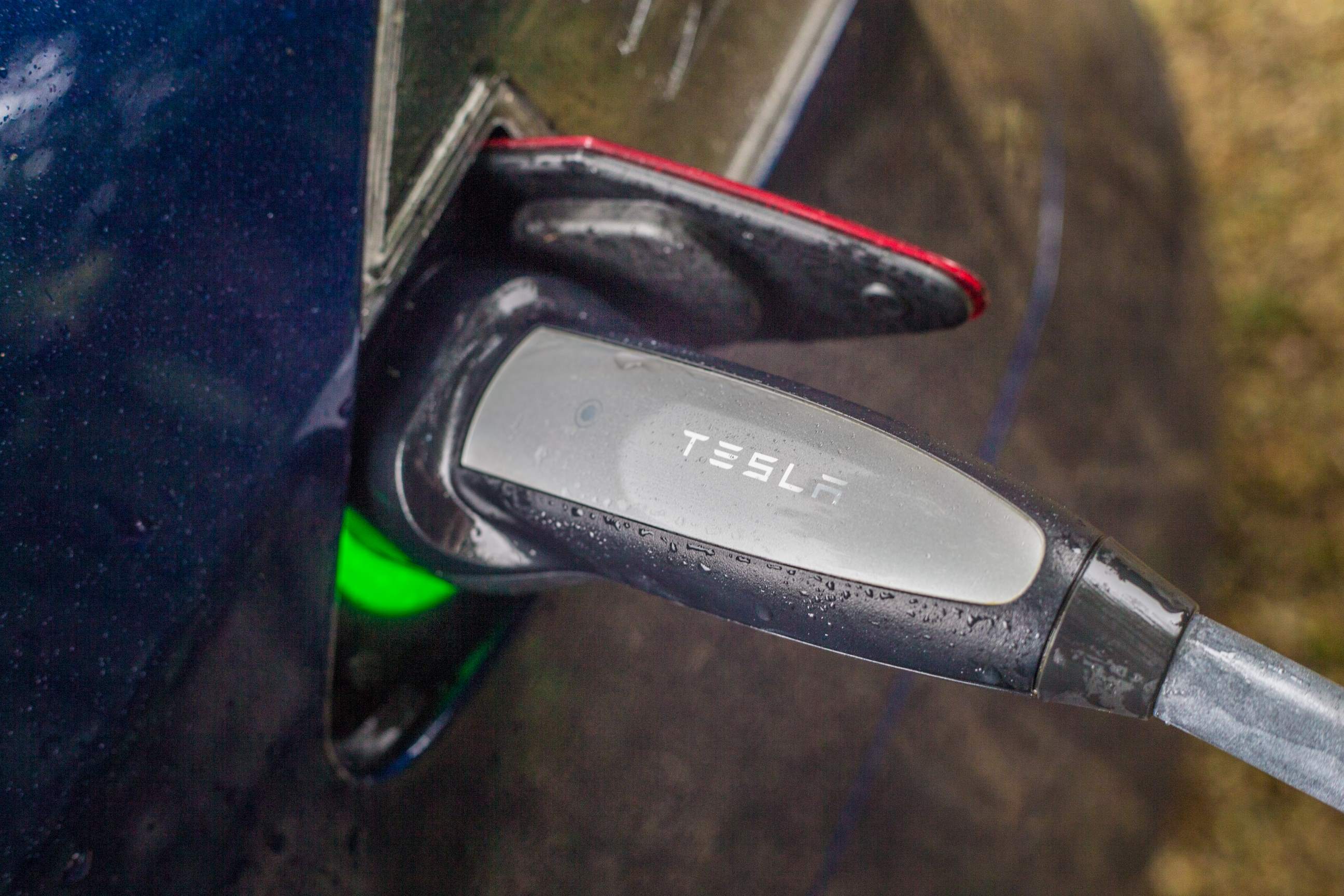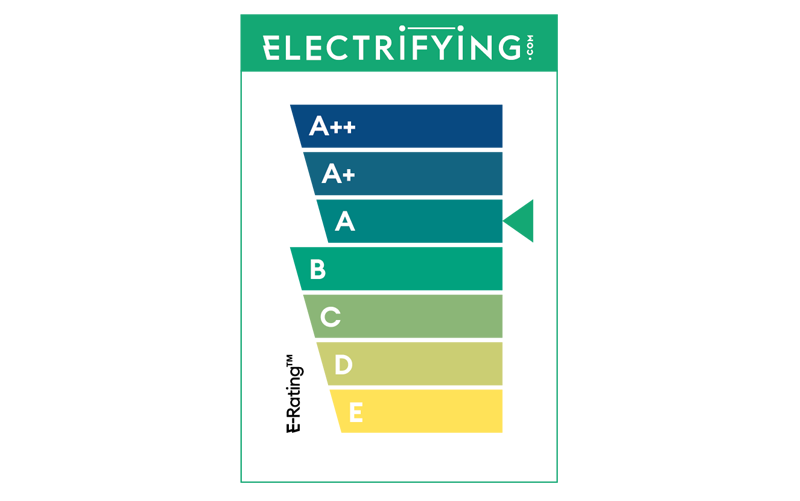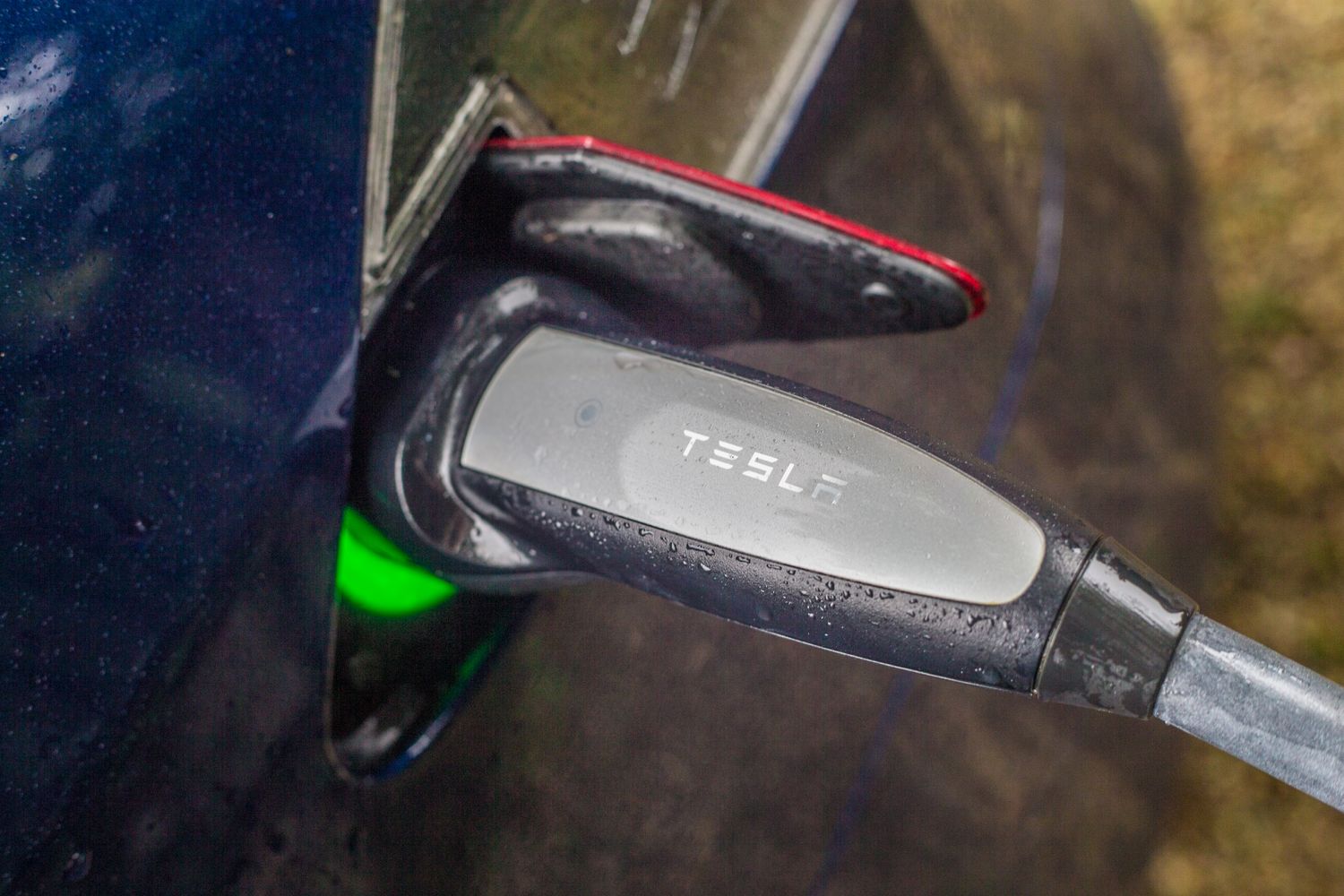Pricing
Tesla’s way of pricing cars is constantly changing and even its website confuses the amount you will actually pay for the car by quoting a cost which includes savings you’ll make from fuel. Boil it down though and the cheapest way to get into a new Model S is with the Long Range, which used to cost just over £81,000. The Performance is over £95,500, for which you get the more powerful motor and some interior upgrades. The prices for the new model have yet to be announced, but the bonkers Plaid will be £100,000+.
Venture into the options list though and the price can jump up alarmingly. Bigger alloy wheels are £4,400, posher paint can be up to £2,500 and the full self-drive package is a massive £5,800. It’s very easy to make a standard Model S a £100,000 car.
Most buyers will choose to lease or finance the purchase though. Put down a £10,000 deposit and you’ll pay between £1,000 and £1,500 per month to have a new Model S on your drive.
Running costs
Compared to a conventional £80,000+ car, the Model S running costs will prove to be a very pleasant surprise. If you are charging at home or work your ‘fuel’ bill will be about a quarter of what you are used to. Make regular use of free charging at Tesla’s Supercharging stations and it’ll be even lower.
Servicing electric cars is generally much cheaper too, as there are fewer moving parts which need fettling and the brakes last longer as the energy is harnessed to generate battery power rather than wasted by rubbing parts together.
But the biggest savings will come if you are lucky enough to run a Model S as a company car. Due to new rules around benefit-in-kind taxation from the April 2020 tax year which are designed to encourage the use of electric cars, you’ll pay several thousand pounds less per year for driving a Model S compared to a conventional luxury saloon or SUV.










